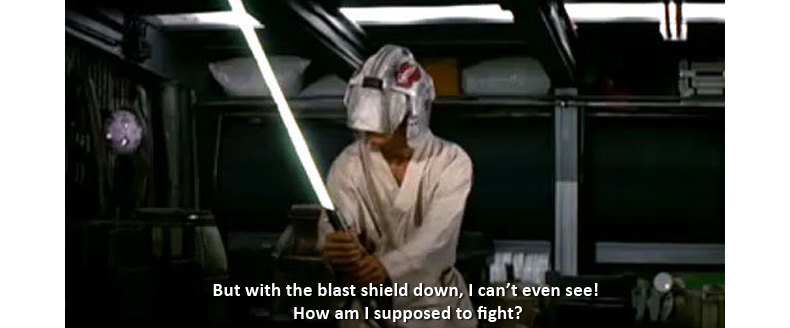Update: a couple of astute readers have noted that Clinton team may have turned down embeds because they already had former Facebook employees on staff, and that they would have worked closely with Facebook’s technical team. An excellent point, and I should have considered that before I started typing.
But it’s still true that: Parscale worked closely with the Facebook, Google and Twitter embeds, and the Fb team helped him develop a system to plug into Facebook to run a donor acquisition/voter contact scheme on a vast scale. Meanwhile, the Clinton campaign under-invested in digital and in Facebook by comparison, even though many of the voters they needed to reach were easily targetable online. Would embeds have made a difference? Only if they could have convinced senior staff to change the campaign’s priorities. On the Trump side, Parscale WAS senior staff — he was effectively in charge of the campaign’s entire outreach/advertising program by the end. Is Trump 2016 what you get when a digital guy runs a national political campaign?
If you watched Trump 2016 digital director Brad Parscale’s 60 Minutes interview on Sunday, you got a glimpse into the large-scale, automated content-testing that may have helped the campaign win key states and the White House. But for digital politicos who’d been following along, much of what he revealed was already known, not least through a Bloomberg piece that came out before Election Day last year.
One significant piece of information WAS new, at least to me: the Clinton team turned down the opportunity to have staff from Facebook, Google and Twitter embedded at campaign headquarters. The big three digital political players have long fielded partisan teams intended to work with campaigns on either side, and in 2016 they offered the presidential campaigns the opportunity to have staff show up essentially every day on site. Parscale accepted; his counterparts on the Clinton campaign did not.
Trump's team coordinated with embedded Facebook staff; Clinton's team did not. #malpractice? Click To TweetParscale wanted them to show him every single feature on their platforms that might help the campaign, and this knowledge helped him build a system to test and target content on a vast scale — basically, Facebook best practices on steroids. Clinton’s team relied instead on their own social media experts, and six weeks before Election Day was already being grossly outspent online. At the time, I was concerned:
Assuming the numbers are correct, I’m honestly mystified by Clinton’s relative Internet abstinence, particularly because several of the audiences she most needs to reach now, including Millennials and the college-educated, are eminently targetable through digital channels.
And the numbers we could see then did not include the tens of millions Trump was spending on Facebook! In retrospect, the decision to reject Facebook, Google and Twitter embeds sounds familiar, since the Clinton campaign had so much faith in its own decisions and data models that staff routinely ignored information that went against their assumptions:
Like McNamara’s whiz kids in the Vietnam era, Clinton’s team put their faith in computer models that showed them winning, never mind what experienced local pols thought. Instead of shoring up their Rust Belt “firewallâ€, her staff put time and energy into aspirational states like Arizona. By the time they noticed that parts of the Obama coalition weren’t going for her in the Midwest, too little time remained for campaigning to make a difference.
Garbage in, garbage out! Meanwhile, Parscale and the Trump team built a system to find out what voters actually responded to, then gave it to them on a vast scale. Guess who won?
Parscale created a system to automate Facebook best practices on a vast scale Click To Tweet– cpd

